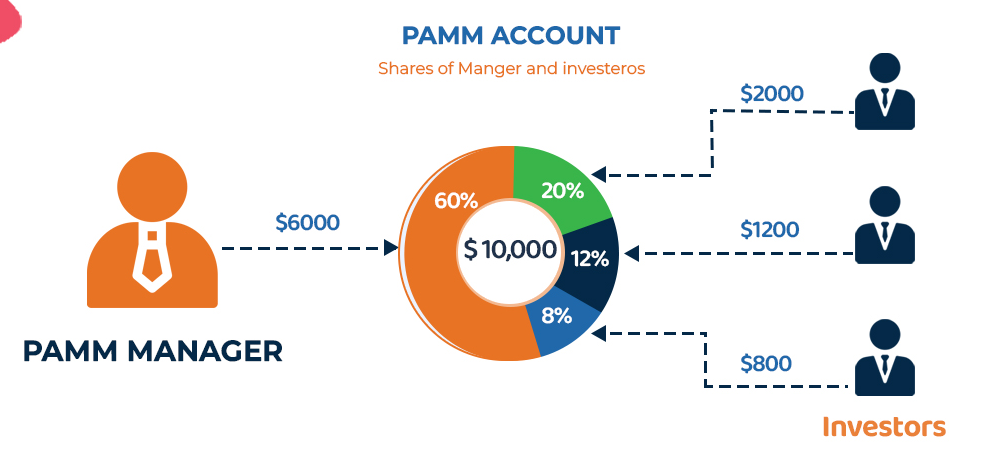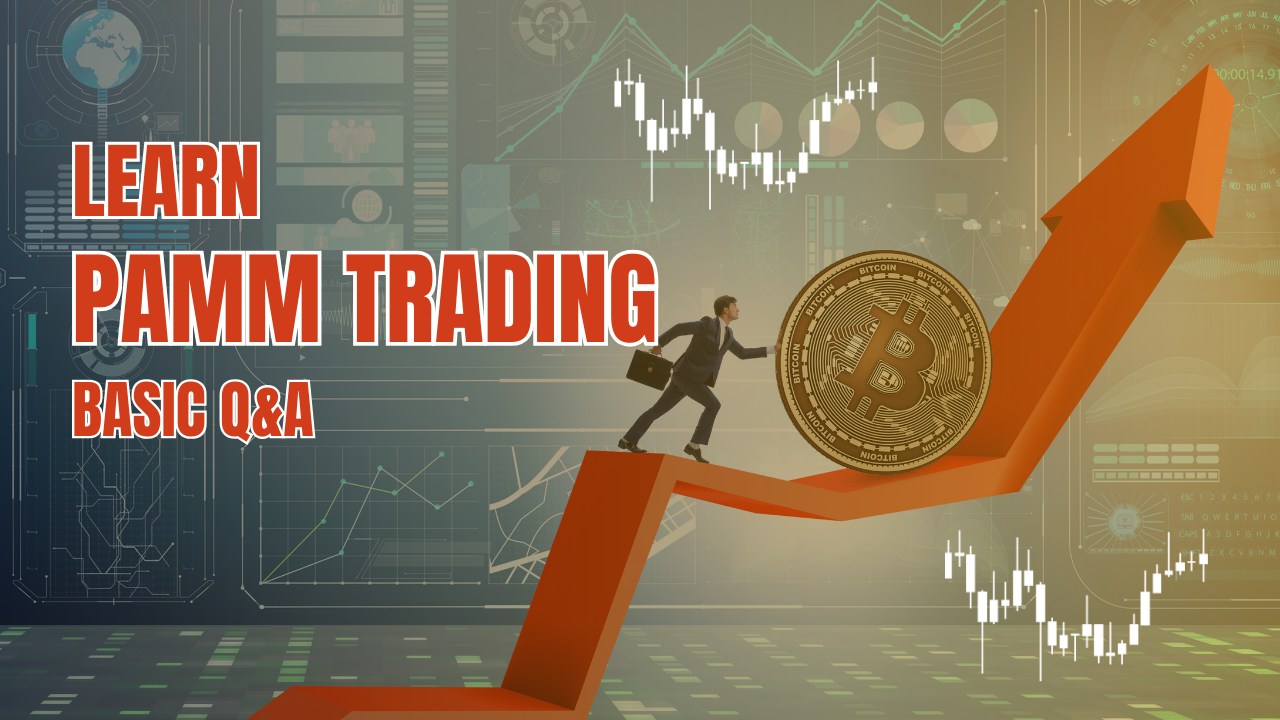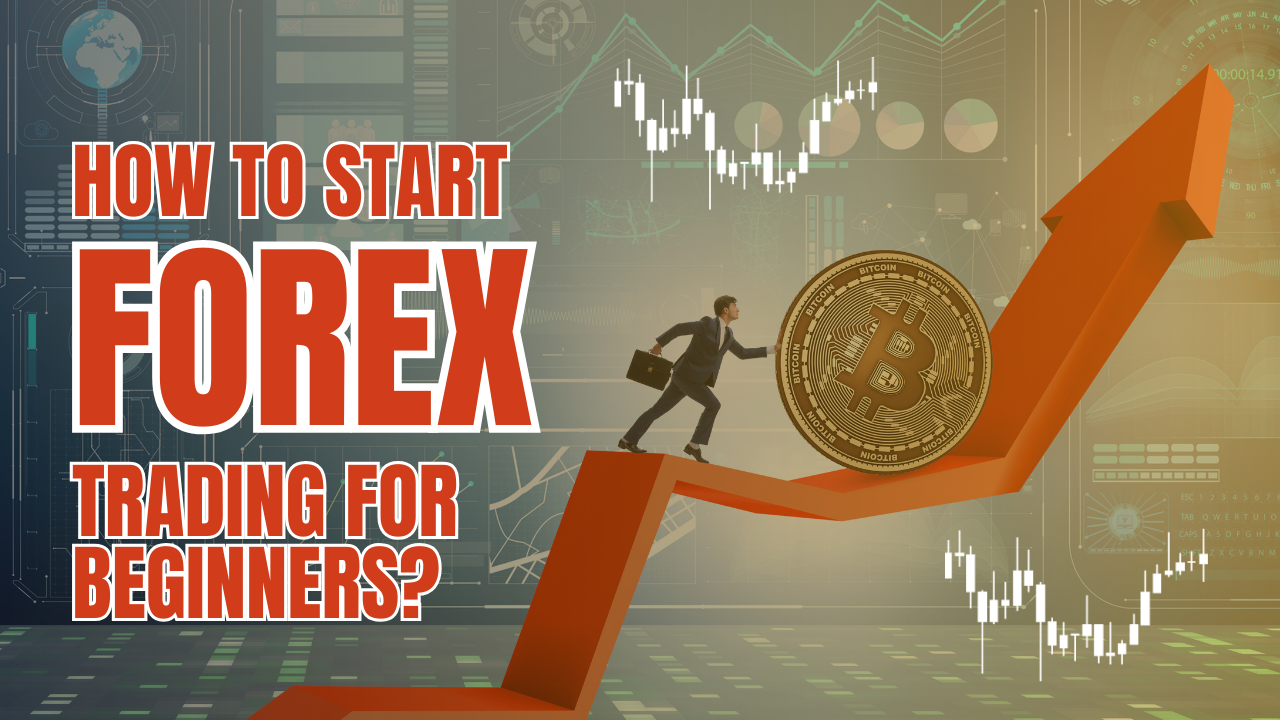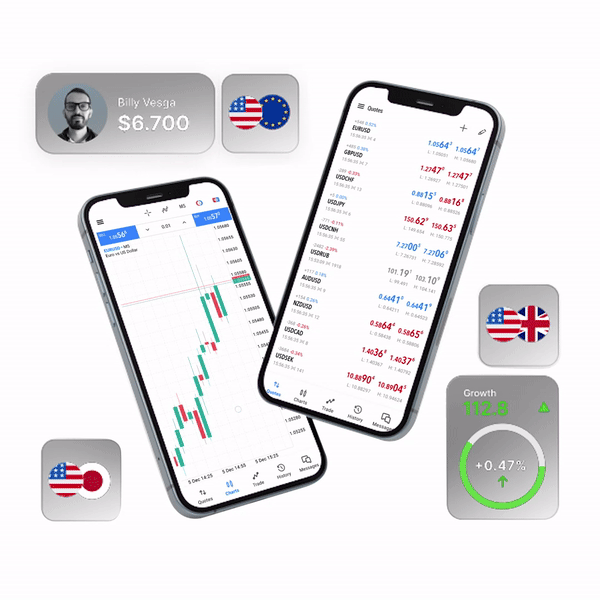The forex market is the biggest financial market on the planet, where over $7.5 trillion changes hands daily. That’s more money than most countries see in a year!
But the truth is that even though millions of forex traders trade daily, very few can make consistent profits.
Why? Because trading currencies isn’t as easy as it looks.
Most traders crash and burn for the same reasons individuals lose money in stocks or cryptocurrency—impulsiveness, no plan, or sheer greed. But with forex, there’s a special twist: leverage. Brokers allow you to trade with borrowed money, which can take small gains and turn them into large amounts.
And one small mistake can blow up your account, and all your money can vanish within seconds. Therefore, learning about the top forex trading mistakes is essential so you don’t make them.
In this blog post, we will break down the 10 common mistakes traders make that can help you stay in the game for long.
Let’s have a look at them.
Common mistakes every beginner trader makes
A successful forex trader earning much profit in his trading journey has learned from all his big and small mistakes. If you want to become like them, then you need to watch out for these mistakes:
1. Trading without a plan:
We all know that you cannot achieve your goals without a solid plan. The same applies to forex trading. Many traders jump into forex unprepared without any solid strategy in mind. This creates reckless trades, emotional buying/selling, and blown accounts.
Solution: Develop a trading plan with entry/exit strategies, risk control, and profit limits. Adhere to it like a flight plan—deviating in the middle of a trade is how crashes occur. Try your strategy on a demo account before committing to it.
2. Overleveraging:
Most brokers lure investors with unusually high leverage ratios, sometimes up to 500:1. This amount of leverage can be very seductive, enabling investors to manage huge positions with relatively little capital. However, this temptation may cause investors to make uninformed choices, wagering heavily on market price action without knowing the risks involved.
Solution: A successful forex trader knows how to use leverage cautiously and with a proper strategy. A wise rule of thumb is never to risk more than 1-2% of your overall account balance on any trade. This approach not only protects your capital but provides for longevity in trading as well. For beginners entering the trading world, using lower leverage options like 10:1 or 20:1 is recommended to limit maximum losses while developing experience.
3. Ignoring stop-loss orders:
Most traders use stop-loss orders as pesky seatbelts, believing they don’t need them until they crash. They’ll let a losing trade go -50 pips, then -100 pips, reasoning to themselves, “It’ll come back.” Their account slowly drains while they’re at it.
Solution: Treat stop-losses as an escape route—get them in front of you when you might otherwise need them. Place stops at technical levels at which your thesis for the trade fails (i.e., short of consolidation for longs).
4. Chasing losses:
Following a bad trade, traders often turn into frantic gamblers. They increase lot sizes by five times, trade exotic currency combinations they’ve never studied, or abandon their approach to “get back to breakeven.” It’s like trying to put out a fire with gasoline. The market detects desperation and will punish it harshly.
Solution: Establish a “cool-down rule” in which, after two consecutive losses, you must take a 24-hour break. Track your vengeance transactions individually; you’ll notice they have a 90% failure rate. Remember that trading is about winning the war, not just the battles. The market redistributes wealth by eliminating one disciplined trader for every vengeful trader.
5. Overtrading:
New traders mix activity and productivity. They’ll trade the London open, then the Tokyo session, and finally scalp during New York lunch—all while their broker laughs and collects spreads. They’re like chefs who keep stirring a pot that never cooks. The result? Fatigue, depleted capital, and a blown account before they know why.
Solution: To avoid these issues, traders must continue learning, know how the market operates, and remain committed to their plans. This enables them to trade more effectively and prevents them from making costly blunders.
6. Lack of education & consistency:
Not knowing enough and being unreliable in Forex trading can lead to significant issues. You could make poor trades if you don’t remember technical indicators and market operations. And if you don’t remain committed to a plan and act on impulse, you could lose money.
Solution: To avoid these issues, traders must continue learning, know how the market operates, and remain committed to their plans. This enables them to trade more effectively and prevents them from making costly blunders.
7. Emotional Trading:
Traders become bipolar market participants, closing gains prematurely and letting losses run. They’ll take a 10 pips profit on a trade that gains +50 pips, then watch a -30 pips transaction turn into -200 pips “until it comes back.” This is how accounts die from a thousand cuts.
Solution: Use take-profit/stop-loss orders to automate your exits from the moment you enter. For discipline, use the trading motto, “Plan the trade, trade the plan.” If your pulse quickens, zoom out to the weekly chart, which will remind you that this single trade is insignificant in the grand scheme of things.
8. Not keeping a trading journal:
Most traders monitor their trades as they monitor gym workouts—good the first week, then forgotten. Without records, they make the same errors as a hamster on a wheel. They’ll insist they “always lose on EUR/USD,” but without data, it’s just a hunch.
Solution: Keep everything in your journal and record your emotional state, entry/exit reasons, screenshots of the setup, etc.
9. Following the crowd:
Traders witness gurus posting, “USD collapse coming!” and FOMO into trades without thought. They’re surrendering their wallet to strangers. Recall Twitter guru: The crowd is correct in trends but consistently incorrect at extremes. The “dumb money” loses as they jump in late.
Solution: If everybody is going in the same direction, you must ask:
- Has the move already happened?
- What’s the contrarian case?
- Refer to COT reports to observe what smart money is doing compared to retail. Better early and wrong than late and right.
10. Ignoring the economic news:
Traders carry GBP/USD positions to a Brexit vote or trade NFP week as if it were any week, and then they look shocked when their account disappears in volatility. News events are similar to trading in a hurricane; you may survive, but why gamble it?
Solution: Save Forex Factory’s calendar. Red-news events (such as Fed decisions) are no-trade zones unless you’re purposefully scalping. Swing traders should close holdings ahead of high-impact news or hedge with options. Remember that 90% of news reactions are fade chances after the initial spike—but you must be able to read order flow.
Final Note:
10 Common Forex Trading Mistakes – These errors are not only mistakes—they’re the market’s means of taking money from the impatient and giving it to the disciplined. The solution? Trade with a strategy, and you’ll naturally beat 95% of traders.
Now that you have understood the top forex trading mistakes, what are you waiting for? Write them down in your journal, and remember that you don’t do them.











